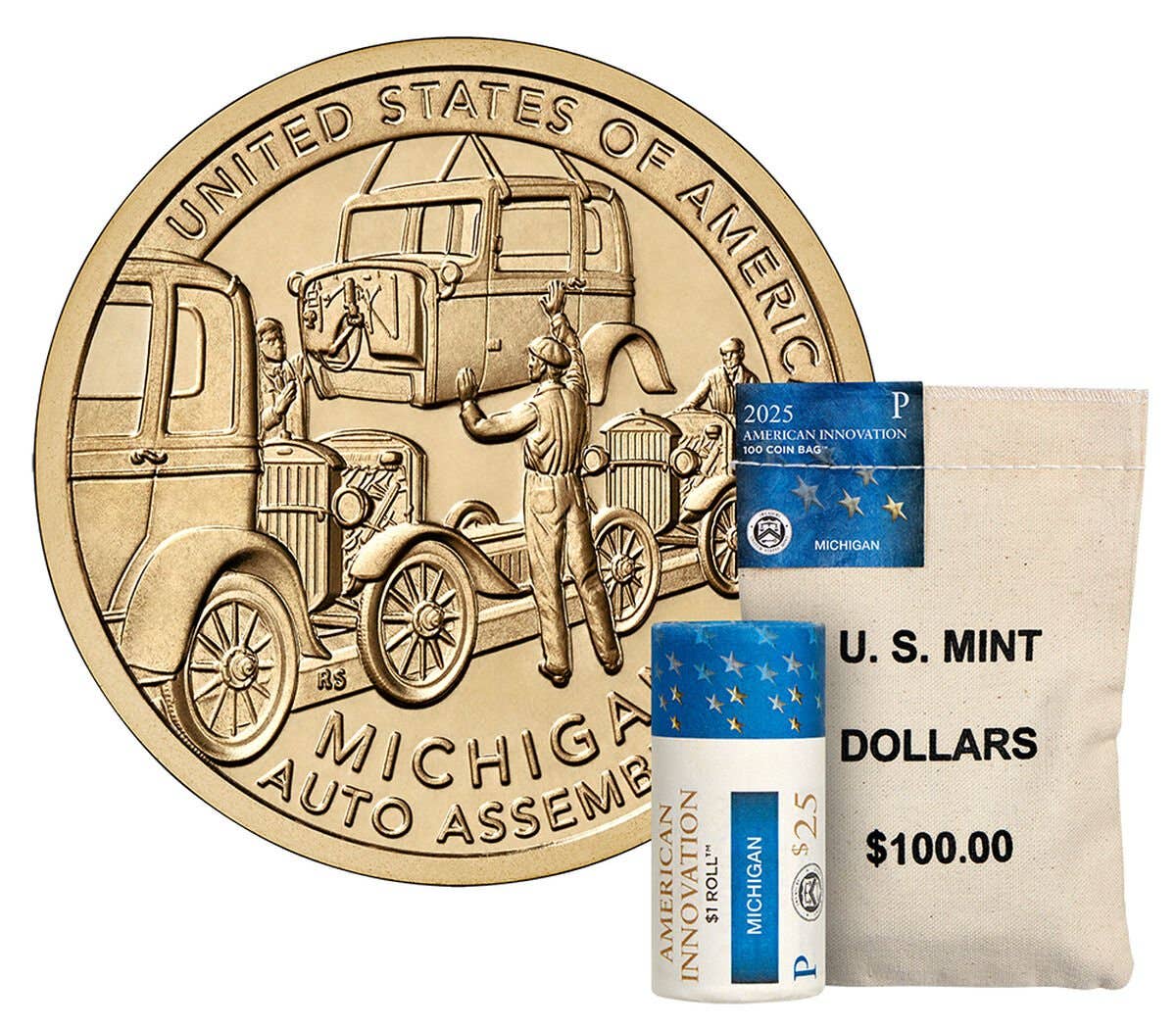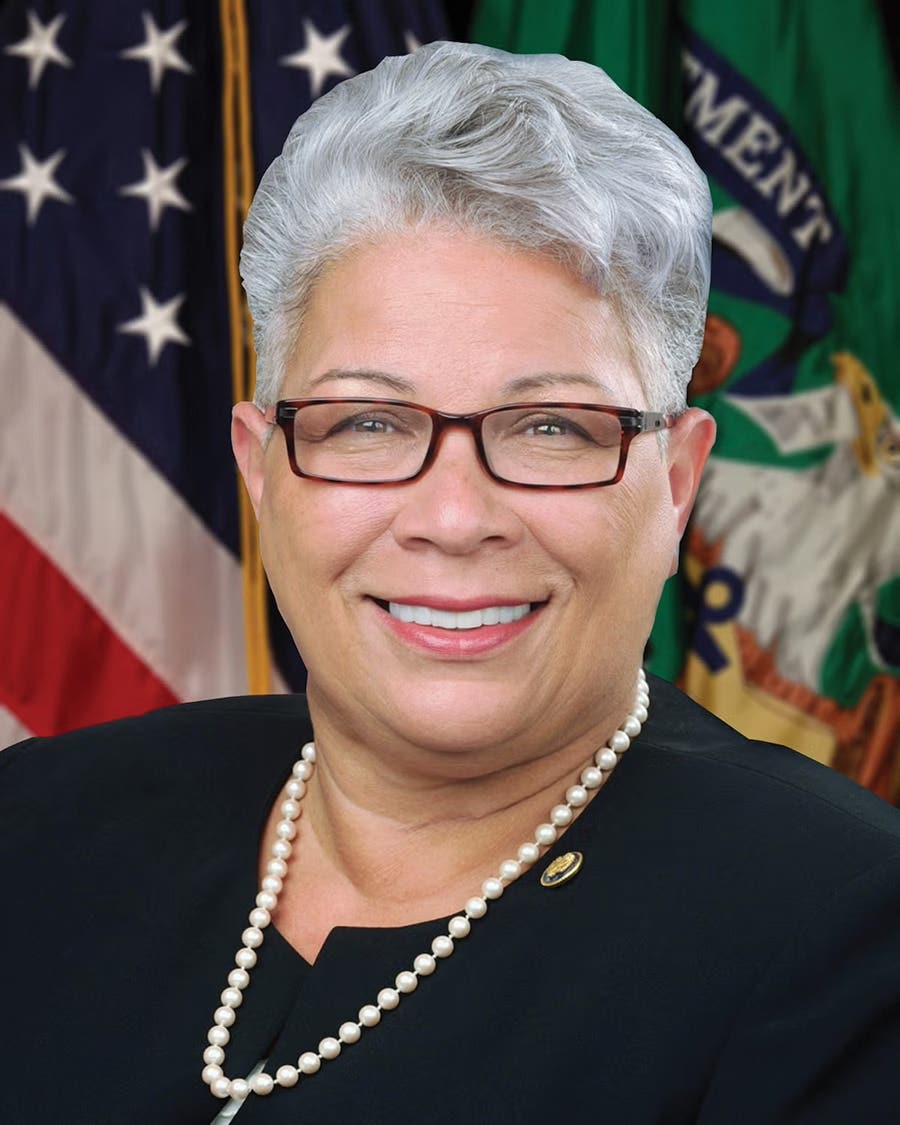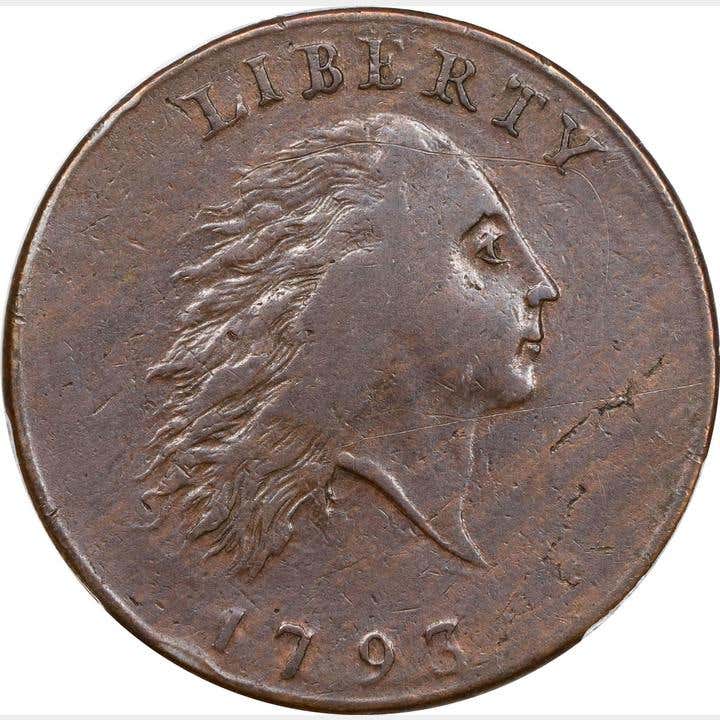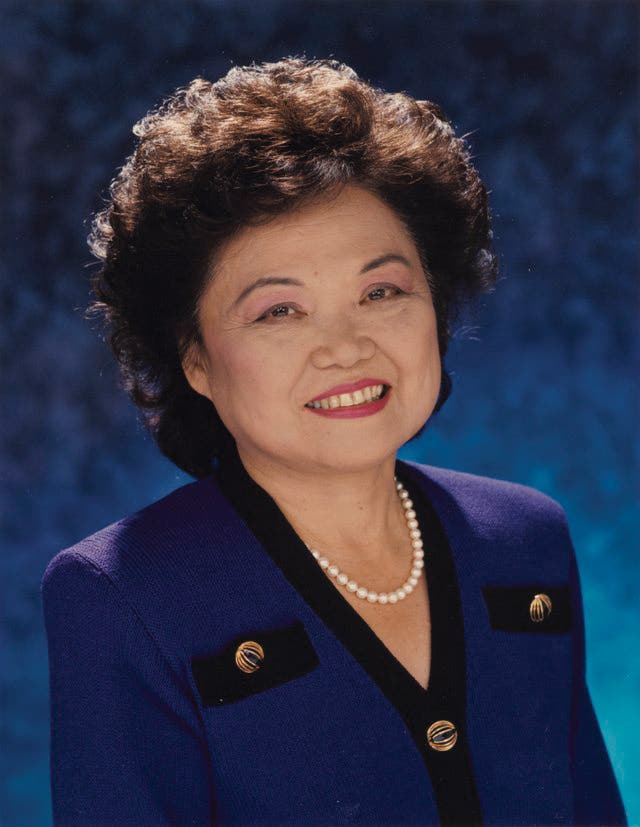Themes for Michigan Innovation Dollars
Last week a friend visited the store where I work. He mentioned that he had recently been appointed by Michigan’s governor to serve as the liaison with the U.S. Mint…
Last week a friend visited the store where I work. He mentioned that he had recently been appointed by Michigan’s governor to serve as the liaison with the U.S. Mint in determining the innovation or innovator that will be honored on the 2025 Michigan American Innovation dollar.
We discussed a couple possibilities, but there are many more candidate themes from Michigan worthy of consideration. Here are just a few:
• The use of an assembly line to produce automobiles and trucks is a practice now used worldwide for the manufacture of a wide range of products. Innovator Henry Ford was born in Michigan.
• The Mackinac Bridge uniting Michigan’s two peninsulas was an engineering marvel at the time, and still is.
• The Great Lakes canoe used by Native Americans and early European explorers and traders was different from other boats and canoes to be better suited for travel on the Great Lakes, four of which border Michigan.
• Elijah McCoy’s family moved to Michigan shortly after the Civil War, where he went to work for the Michigan Central Railroad. Although educated as an engineer, the discriminatory management of the railroad would not allow an African-American to work as a railroad engineer. So, he worked as a fireman in the train boiler rooms. In 1872 he invented and patented an automatic oiling device for the moving parts of locomotives, commonly known as an oil-drip cup. This innovation was so useful that it was quickly adopted by most railroads, in factories using large engines or machines, and in steamships. In all, McCoy earned 57 patents during his life, most related to railroads, but he also improved the ironing board. His oil-drip cup was easily imitated by other manufacturers, but they could never match the quality of operation of McCoy’s product. Because of this high quality, many users of the product insisted on only using “the real McCoy.” McCoy was inducted into the National Inventors Hall of Fame.
• Michigan’s white pine forests were a major source of lumber used to rebuild the 17,000 structures destroyed in the Great Chicago Fire of 1871.
• John Harvey Kellogg was a physician and nutritional researcher. In 1876 he became director of the Western Health Reform Institute in Battle Creek, Mich., which he renamed the next year as the Battle Creek Medical Surgical Sanitarium. He remained the director until his death in 1943. In this institution’s kitchen, he researched new breakfast foods that might improve health. One of his early products was the original “granola.” He and his family members created cereal Corn Flakes in 1894, which was patented in 1896 to John Harvey Kellogg. John Harvey’s brother Will Keith Kellogg had a falling out over not being recognized for his part in inventing Corn Flakes and founded the company that is today known as the Kellogg Company. John Harvey Kellogg was inducted into the National Inventors Hall of Fame for the discovery of tempering and the invention of the first dry flaked breakfast cereal. In 1895, Kellogg also applied for and received two patents for peanut butter, although he was not the inventor of this food, for the process by which the peanuts were converted into digestible food.
• Charles Lindbergh, the first pilot to fly non-stop from New York City to Paris, was born in Detroit.
• Larry Page, co-founder of Google, was born in Lansing, Mich., and graduated from East Lansing High School. He may not be eligible to appear on this coin as he is still alive. The U.S. Mint does not want to consider people until they have been dead for at least two years.
• Lloyd Groff Copeman was born in Hadley, Mich. He invented the first electric stove, the first electric toaster that toasted both sides of the bread, and the flexible rubber ice cube tray, among his nearly 700 patents. He claimed that he could walk into any store and find one of his inventions. Despite his tremendous ingenuity and productivity, he has not yet been inducted into the National Inventors Hall of Fame.
• Claude Shannon, born in Petoskey, Mich., was a mathematician, electrical engineer and cryptographer. He is considered to be the father of information theory. He was also inducted into the National Inventors Hall of Fame.
• Eric Betzig, born in Ann Arbor, Mich., was awarded the 2014 Nobel Prize for Chemistry. As he is still alive and works at the University of California-Berkley as professor of physics and professor of molecular and cell biology, he may not be eligible to appear on this coin.
• Mabel White Holmes was born in Illinois, but is famous for inventing Jiffy baking mixes that are still produced at the company she founded in Chelsea, Mich.
• Donald B. Keck, born in Lansing, Mich., was one of three men at Corning Incorporated who designed the first optical fiber with optical losses low enough for wide use in telecommunications. Although still alive and probably not eligible to be honored on this coin, he was inducted into the National Inventors Hall of Fame.
• Daniel Gerber, from Fremont, Mich., and his wife Dorothy had an unhealthy baby. When the doctor suggested that the baby be fed strained foods, Dan worked on the process at the Fremont Canning Company, where he was a manager for his father (the owner). In 1928, Gerber liquid baby food was the first available on the market without a doctor’s prescription, selling for less than half the price of the prescription options.
• Edward N. Hines was appointed to the Wayne County (Michigan) Board of Roads upon its inception in 1906. In 1909, he was responsible for the first full mile of concrete road pavement in the world, which is now Woodward Avenue in Detroit between 6 Mile Road and 7 Mile Road. His most famous innovation was painting a line down the center of a road to separate traffic moving in opposing directions. The first painted center line was on River Road in Trenton, Mich., in 1911. This idea has been recognized as one of the most important single traffic safety devices in the history of highway transportation. Hines later came up with the concept of removing snow from public roads.
• John C. Sheehan, who was born in Battle Creek, Mich., did not invent penicillin. However, he discovered the first practical method for synthesizing penicillin V. He also invented an intermediate compound 6-aminopenicillanic acid, which became the foundation for hundreds of synthetic penicillins. Among his more than 30 patents are ampicillin, a common semi-synthetic penicillin that is taken orally instead of by injection.
• William Potts, born in Bad Axe, Mich., was a Detroit police officer who noticed that the two-color red and green traffic lights could not safely manage growing street traffic. He developed the first three-lens traffic light, which was installed at the corner of Woodward Avenue and Michigan Avenue in Detroit in October 1920.
• Homer Stryker was born near Kalamazoo, Mich. He was an orthopedic surgeon who, in 1935, developed a hospital bed that reduced the incidence of bed sores. In 1943 he invented an oscillating electric saw that would cut and remove medical casts but would not cut skin. He founded what is now known as the Stryker Corporation to produce hospital beds and other medical equipment.
Obviously, there are plenty of worthy innovators and innovations that came from Michigan, including even more than are listed in this column. Only one will be honored on the 2025 Michigan Innovation dollar. If it were up to you to select the “best” for the coin, which would you pick?
Patrick A. Heller was honored as a 2019 FUN Numismatic Ambassador. He is also the recipient of the American Numismatic Association 2018 Glenn Smedley Memorial Service Award, 2017 Exemplary Service Award, 2012 Harry Forman National Dealer of the Year Award and 2008 Presidential Award. Over the years, he has also been honored by the Numismatic Literary Guild (including twice in 2020), Professional Numismatists Guild, Industry Council for Tangible Assets and the Michigan State Numismatic Society. He is the communications officer of Liberty Coin Service in Lansing, Mich., and writes Liberty’s Outlook, a monthly newsletter on rare coins and precious metals subjects. Past newsletter issues can be viewed at www.libertycoinservice.com. Some of his radio commentaries titled “Things You ‘Know’ That Just Aren’t So, And Important News You Need To Know” can be heard at 8:45 a.m. Wednesday and Friday mornings on 1320-AM WILS in Lansing (which streams live and becomes part of the audio archives posted at www.1320wils.com).








